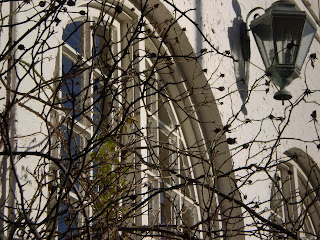In Class Portrait Photo Shoot
In this project you will utilize your
knowledge of portrait photography and create 5 images that illustrate the
different types of portrait techniques. Refer to the Portrait Strategies PowerPoint
on the class SkyDrive for reference. Consider your classmates as models and
help each other. Your photo portfolio must include the following:
1. Alter Your Perspective (AYP)
2. Play with Eye Contact (PWEC)
3. Looking Off Camera (LOC)
4. Obscure the Figure (OTF)
5. Introduce a Prop
(IAP)
Label your images
with name and abbreviations above plus #
Portrait Strategies
•
Texture
•
Overexpose
•
Underexpose
•
Backlight
•
Posing
•
Out of Focus
•
Movement
•
Shadows
•
Reflections
•
Capture the Moment
•
Colors
•
Get Serious
•
Props
•
Get Close
.JPG)
.JPG)





.JPG)
